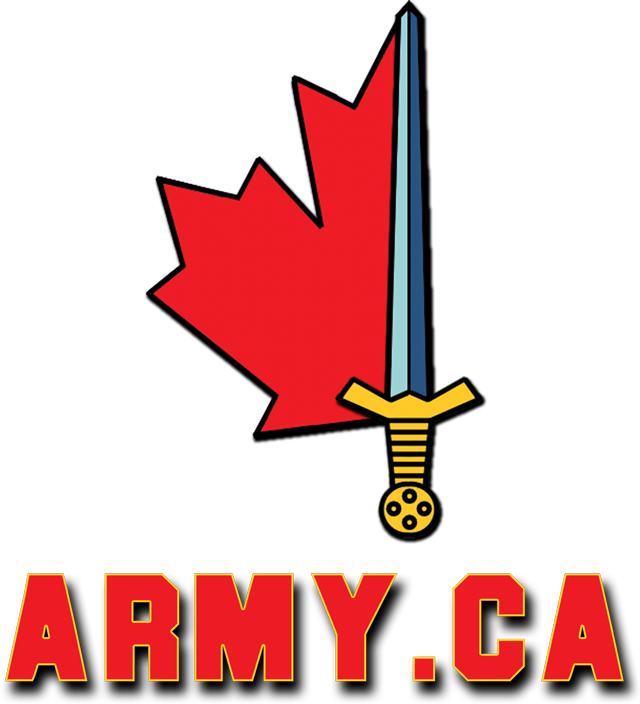If Afghanistan reminded us of anything, war is definitely a contact sport you can't add padding to soften the hit. The Taliban just made a bigger bomb.
In a LSCO scenario like Ukraine, even expensive heavy armour is getting picked off at a high ratw due to drones, artillery, and ATGMs. Survivability is a tertiary consideration after speed and lethality.
The Sherman tank experience comes to mind. That said, I don't think Canada is ready or mature enough to have that discussion about acceptable combat losses...

